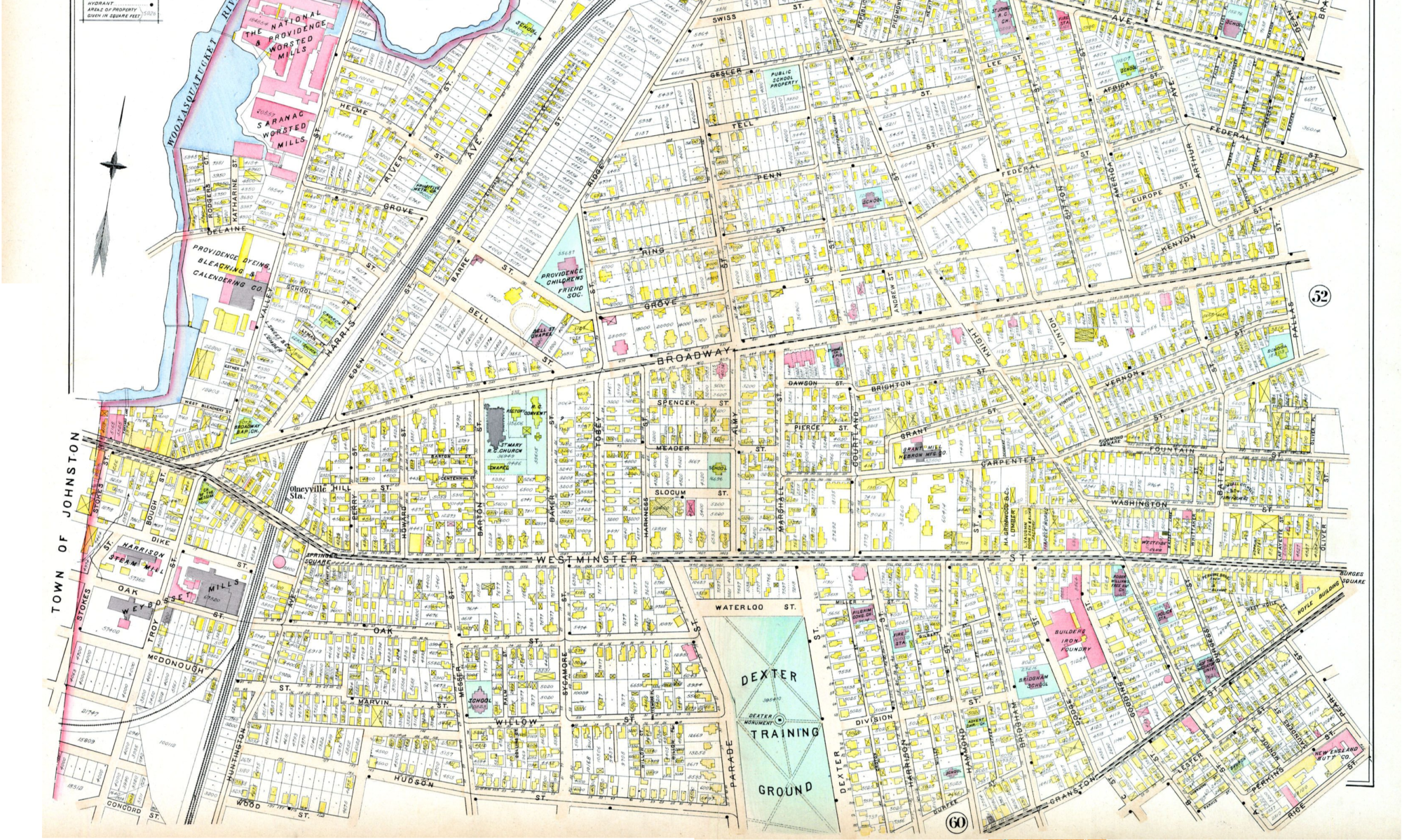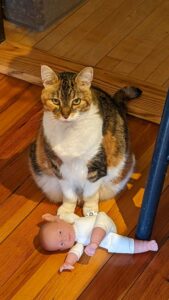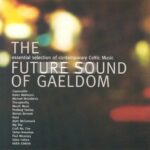See all the posts in this series here.
Peatbog Faeries is the sort of band I could just listen to on random shuffle and get a consistently rewarding listening experience where I constantly think “oh yeah, I love this one!” It’s hard to say they’re my #1 favorite because there are so many good bands in this genre but they’re 1000% among my top favorites.
According to Wikipedia, the band started in 1994 and the consistent members since then are Peter Morrison on pipes & whistles and Innes Hutton on bass. Regarding their first album, 1996’s Mellowosity, Wikipedia says “A key aspect is Morrison’s bagpipes being fused with world genres.” While bagpipes are present throughout many of their albums, I think Morrison’s whistle playing is maybe more central to their musical identity. They definitely draw inspiration from many different musical styles around the world, but I would say that Trance is one of the primary components added to traditional Scottish music to define their sound. Drums and electronic sounds are a big part of their music. They have fiddle too, but it plays a supporting role, less central than many other bands. Some of their albums also include horns, which I think only further improve things.
Track I always reach for first is the title track from 2005’s Croftwork:
At other times I’ve thought of The Anthropologist from the same album as my favorite:
2000’s Faerie Stories is also emblematic, both the title track and The Folk Police:
Another good one from Faerie Stories is Caberdrone:
There are so many good tracks that in looking for those I know are my favorites, I kept on coming across others I felt I need to share with you as well, like this one from 2011’s Dust:
Oh hey, here’s another one that at some points has been my favorite, The Phat Controller from 2003’s Welcome to Dun Vegas:
I can tell when I did most of my listening of Peatbog Faeries, because I think of both 2007’s What Men Deserve to Lose and 2011’s Dust as “the new album” and now they have two more which I haven’t listened to yet: 2015’s Blackhouse (which I can’t find to purchase digitally; if you have let me know!) and 2023’s I See A World. Here’s a good one from What Men Deserve to Lose:
What more can I say; if you like these as I do, go dive deep into their whole catalog.



